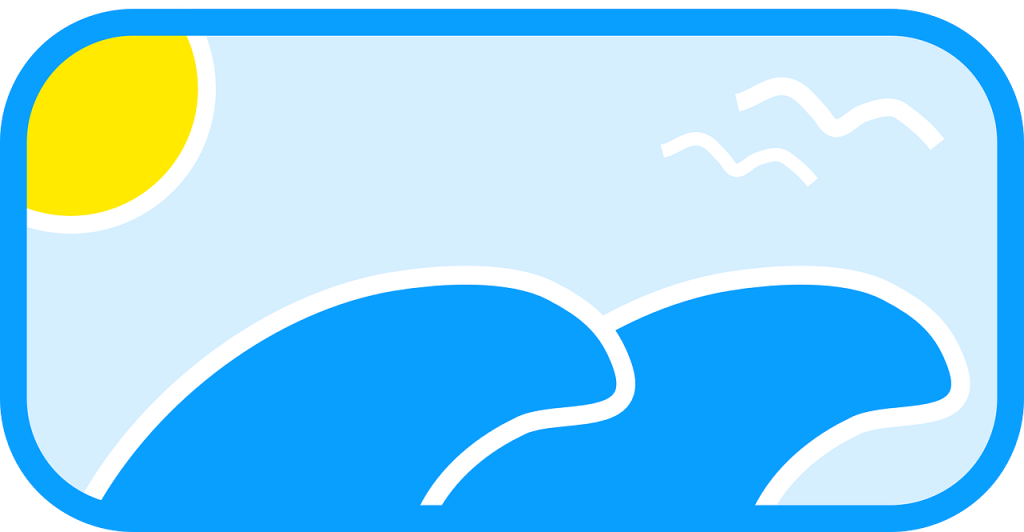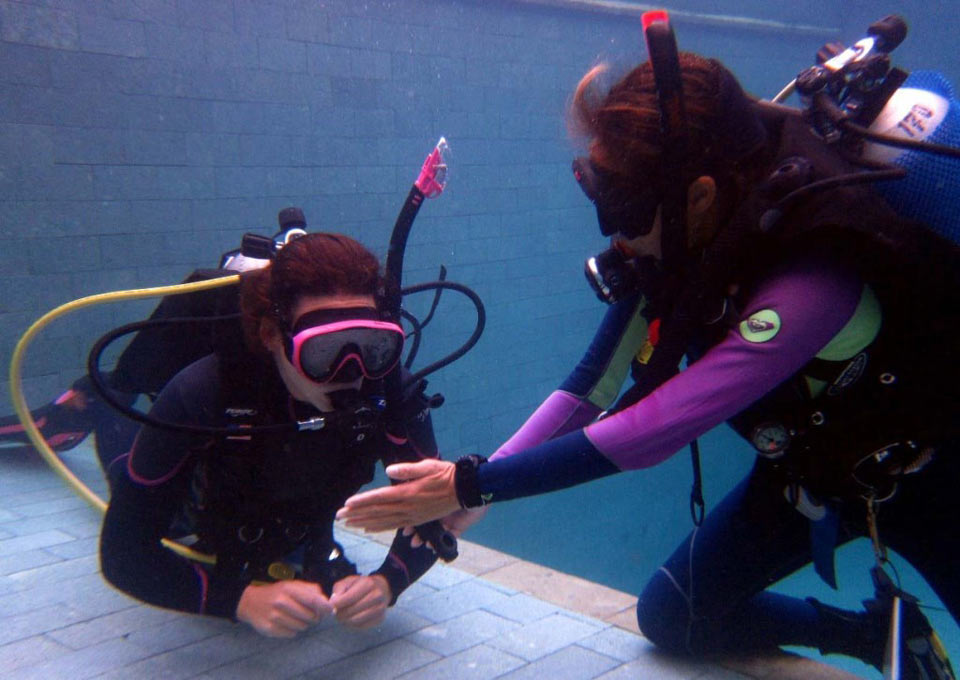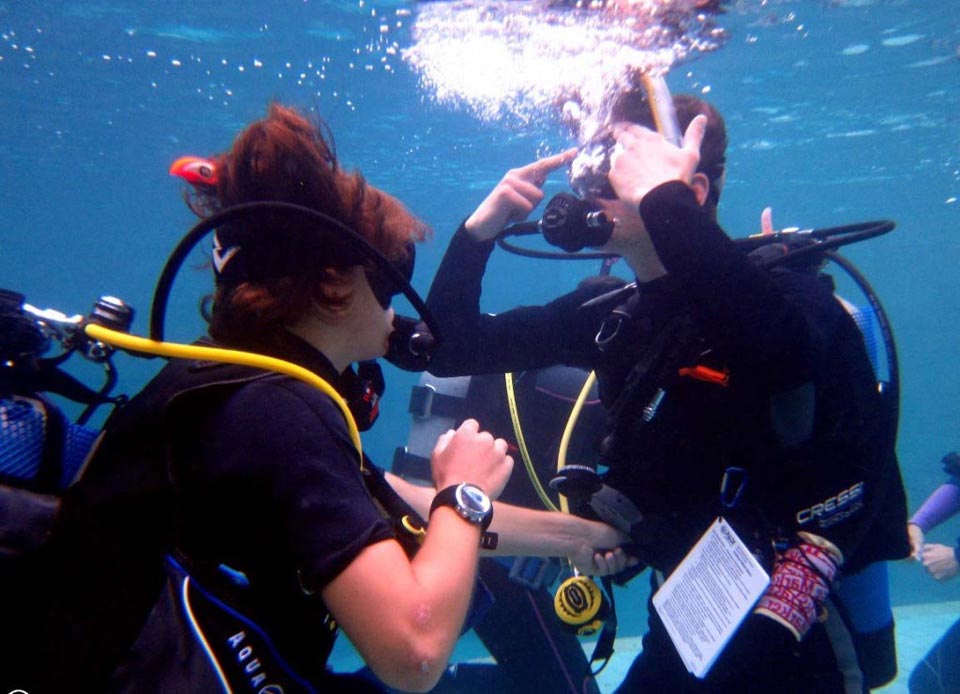Divemaster Internship Note – Tide Chart Dive Plan
Tide Chart Dive Plan
If you are a diver, you’d appreciate and understand the importance of tides. For anyone intending to undertake a Divemaster Internship Course, it is crucial to get even more insights and fully understand the impact of tides on your dives. You will also need to learn how to read Tide Tables for the sake of safety.
Basics of Tides and Tidal Waves
Tides are bet described as the fall and rise of sea levels which is attributed to a combination of natural factors including gravitational forces and the rotation of the earth, the moon and the sun. There are different types of tides namely:
Spring tide – This occurs when the sun and the moon are parallel with the earth.
Low and high tides – These are caused by gravitational forces of the moon. When the moon is at its closest point to the earth (perigee), it would be high tide and when it is farthest from the earth (apogee), it would be low tide. The difference between the tides determines the tidal range which typically changes twice in a day. In simple terms, the ocean rises twice a day and also goes down twice a day.
Tide Chart – How Tides Affect Diving
To fact that a tide is a large amount of water in motion means the dive site will be affected during different tidal changes. Depth and accessibility of a dive site will also be impacted and this is more noticeable in areas with a high tidal shift.
Below are some ways in which tidal waves can affect a diving experience:
- During low tide, you can access areas that are otherwise too deep.
- Strong currents during tidal shifts are dangerous, especially for divers who are inexperienced or those who are not well prepared for such conditions.
- Visibility will be affected by tidal waves.
- The National Oceanic and Atmospheric Administration’s (NOAA’s) or National Ocean Service have produced tide tables for the benefit of divers and the local community.
Reading a Tide Chart
A Tide Chart contains the time, height and date (meter or feet) for both types of tides. To read these charts correctly, consider the following:
- Understand Chart Datum – Used to measure all tidal heights, set against the average of low tide heights.
- Identify high tide data – This number is always a large number with a + before it and shows how high above the Chart Datum the tide is going to be at its greatest swell.
- Identify low tide data – If this is a small positive number, the water level at its lowest will still be above Chart Datum and if it is a negative number, low tide will be lower than mean low water level.
Prepare your dive plan and enjoy a safe and fun dive. As a divemaster, you’ll be the one in charge of the safety of your group when on a diving trip. Take the Divemaster Internship course in Bali with us, and enjoy an information-filled course from your dive instructor who will also share their personal experience on the Tide Charts and Dive Plans. Contact us today!




